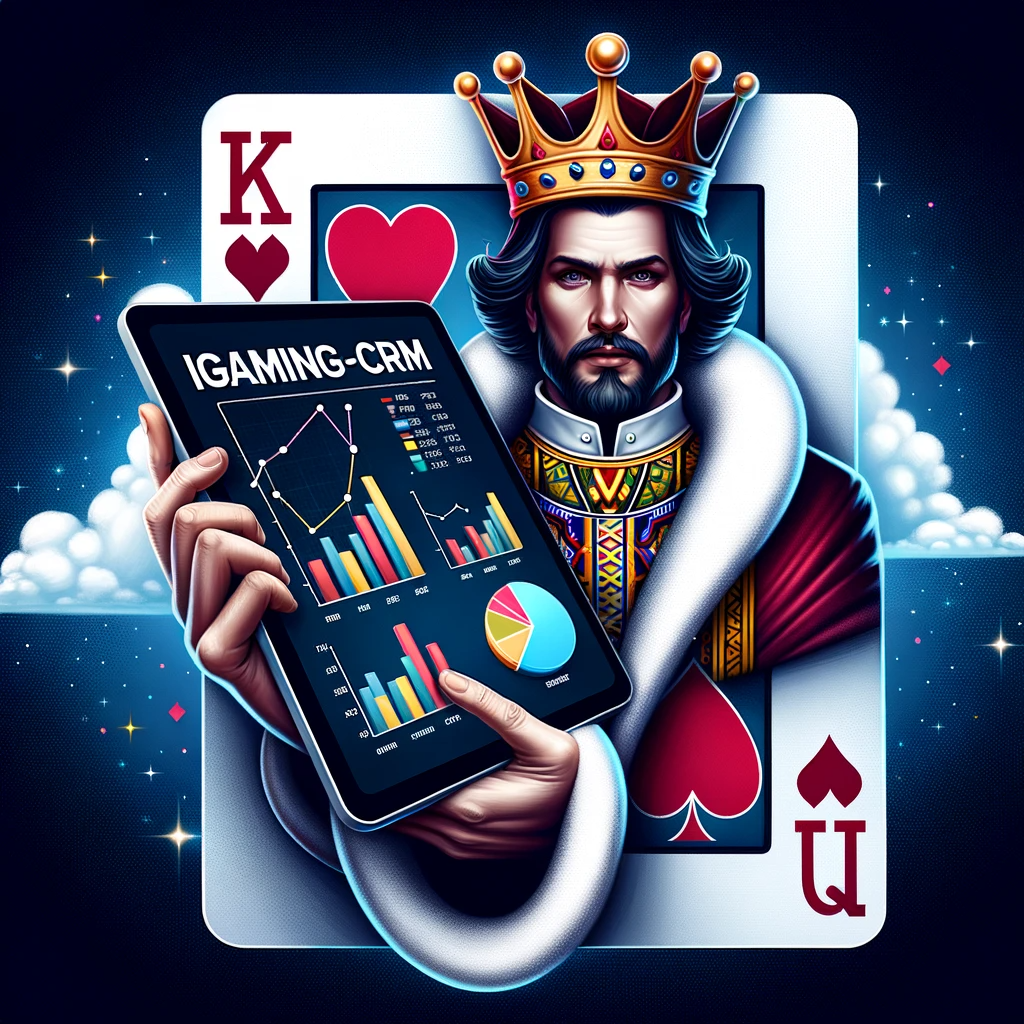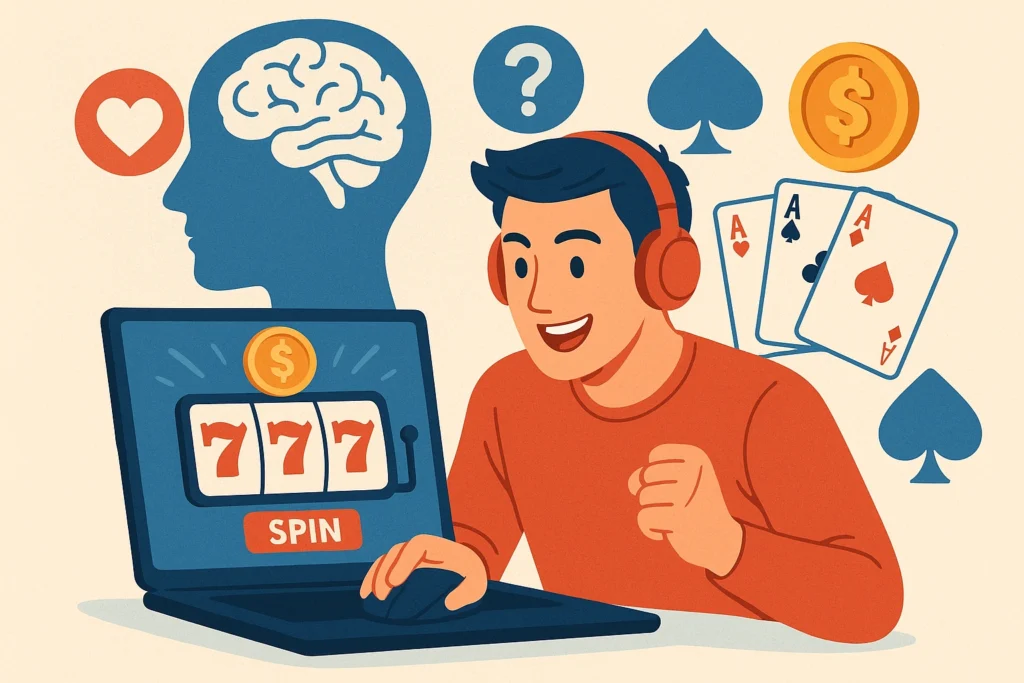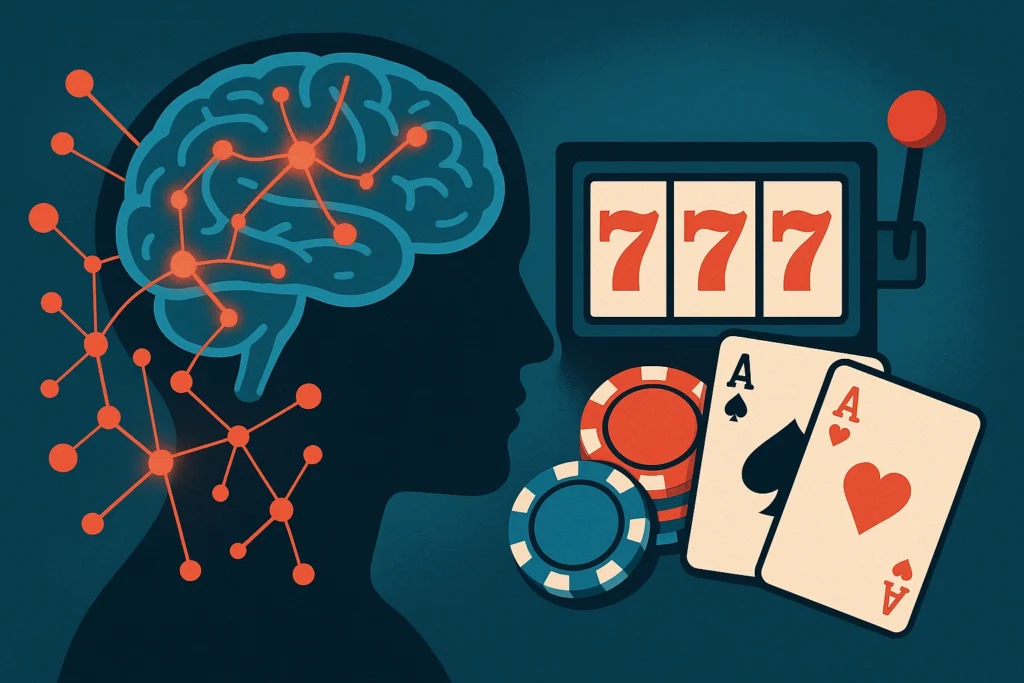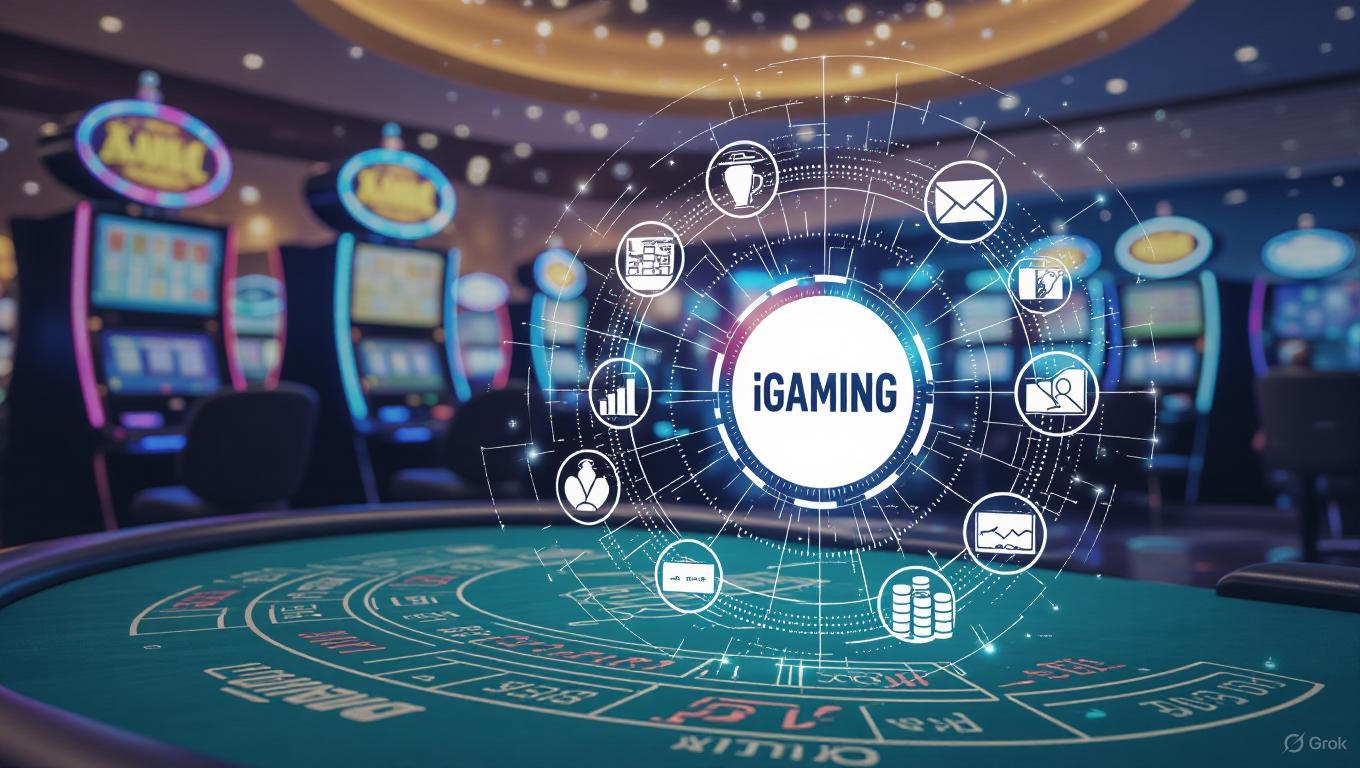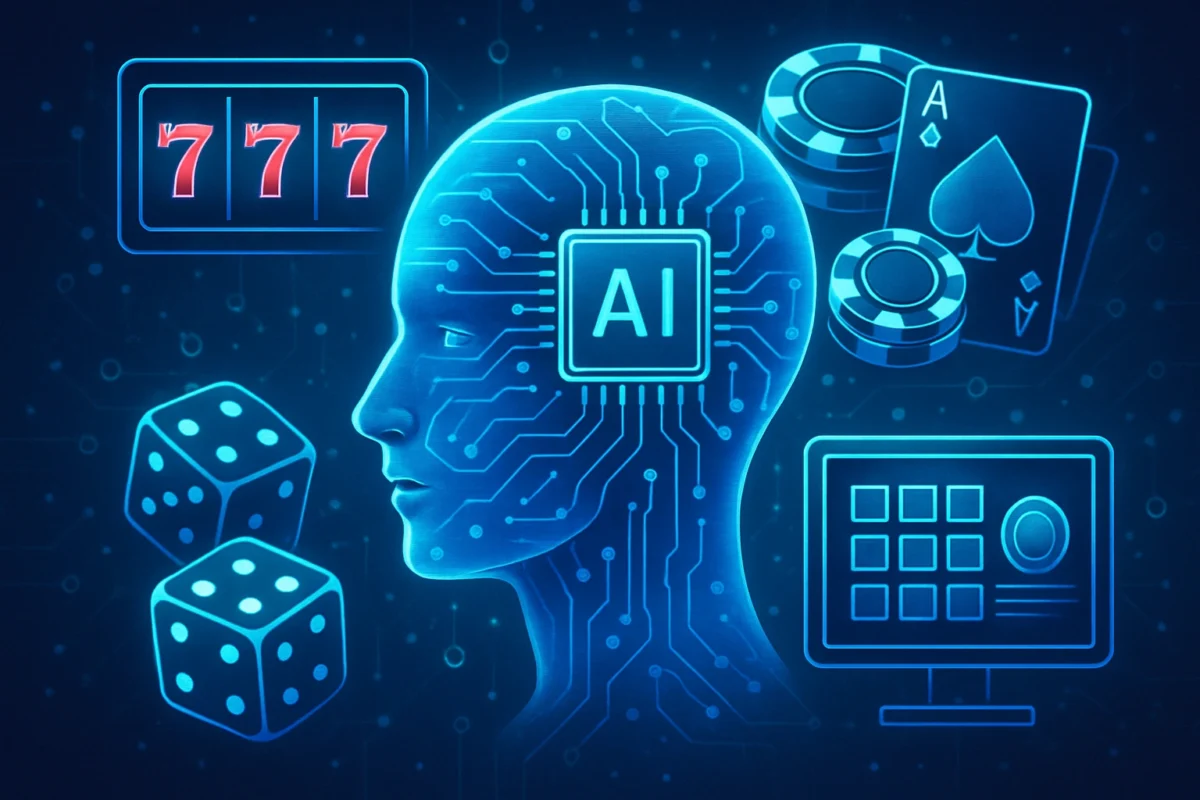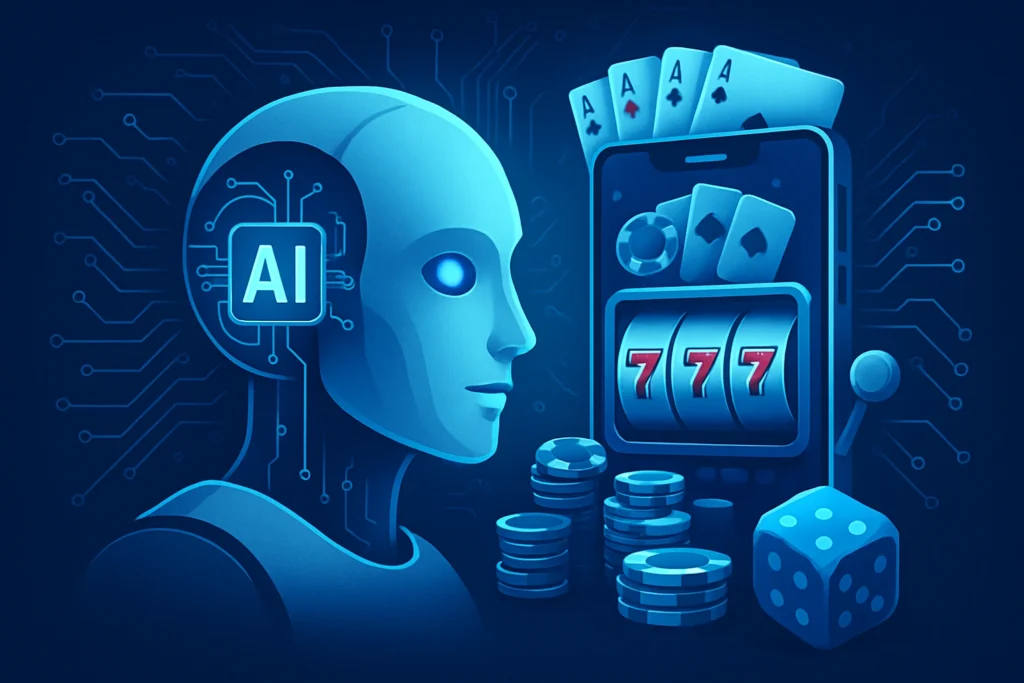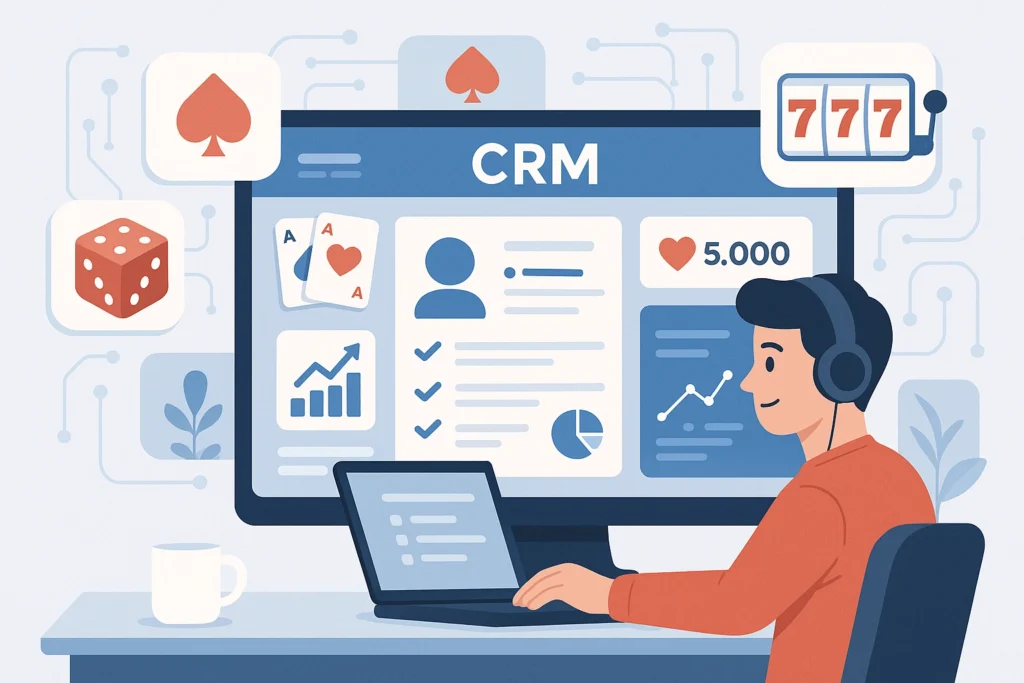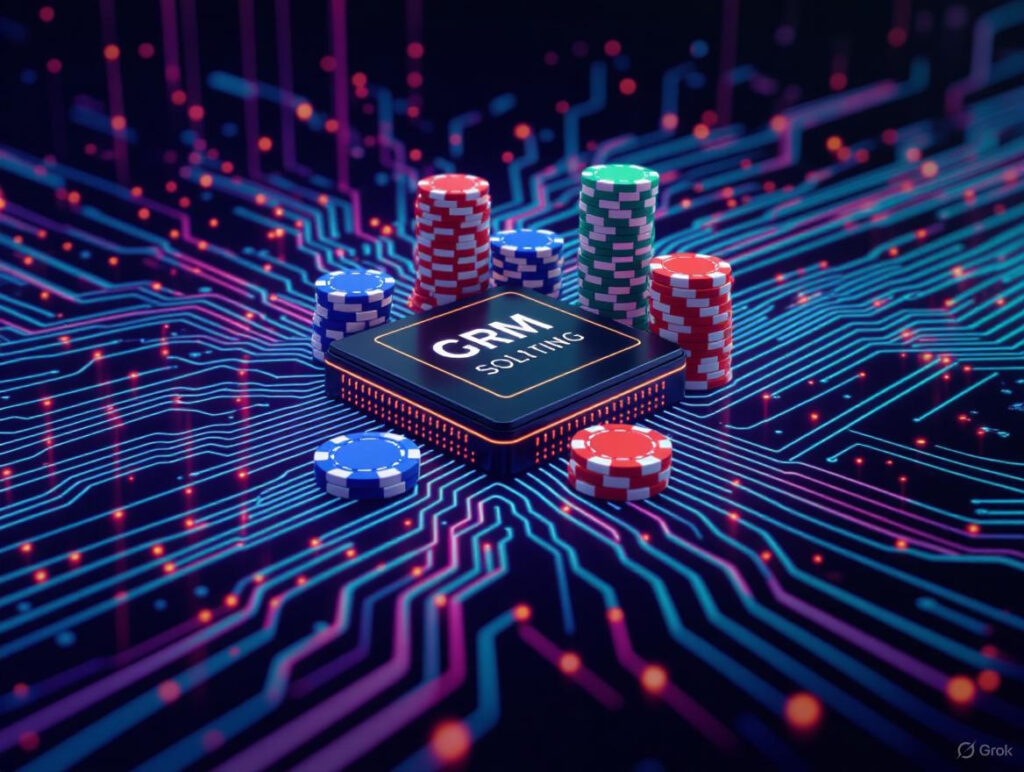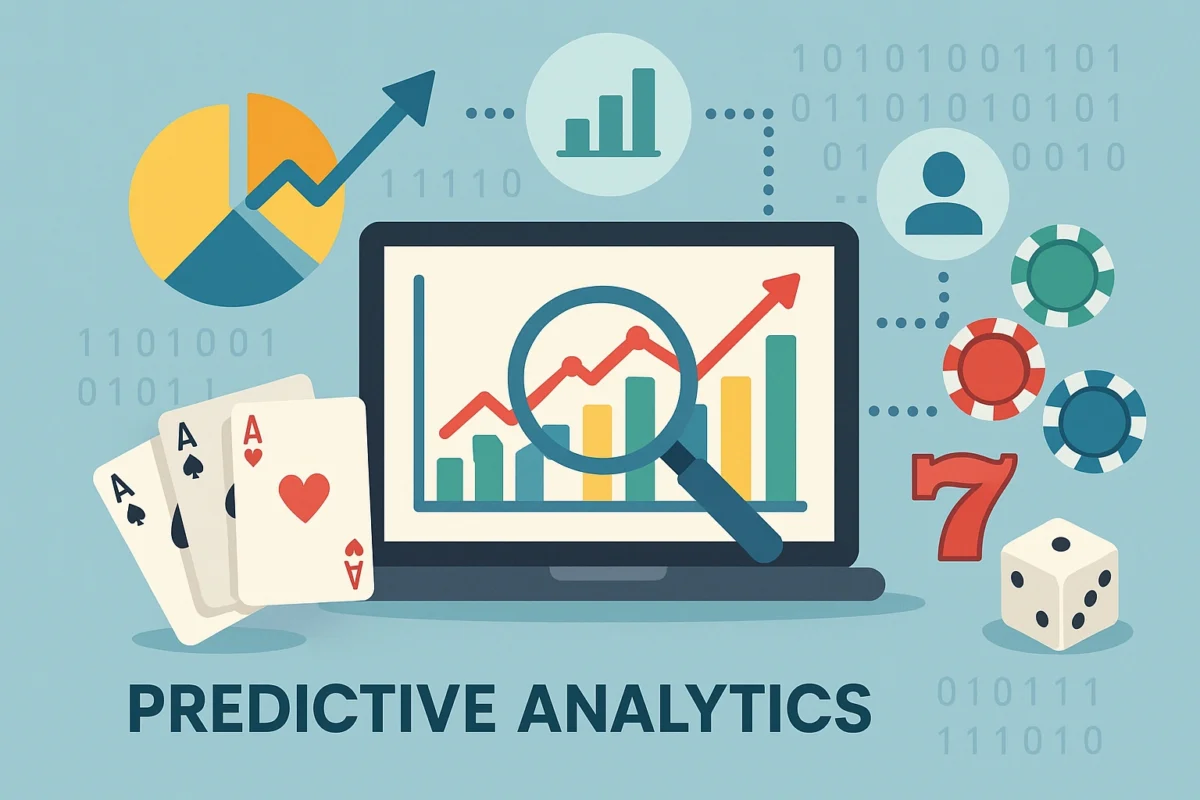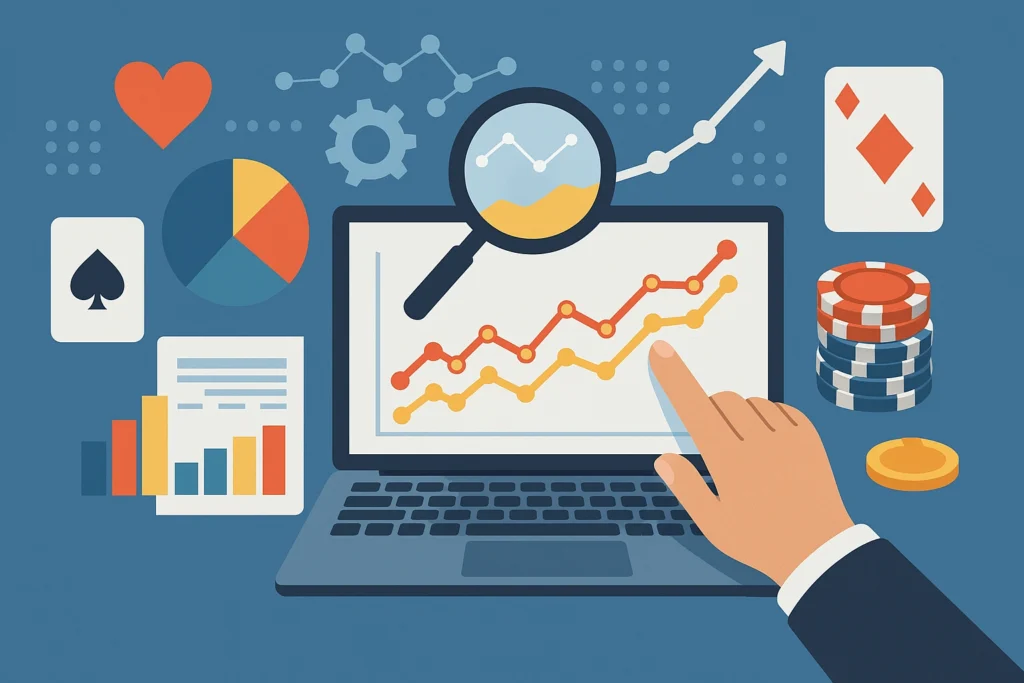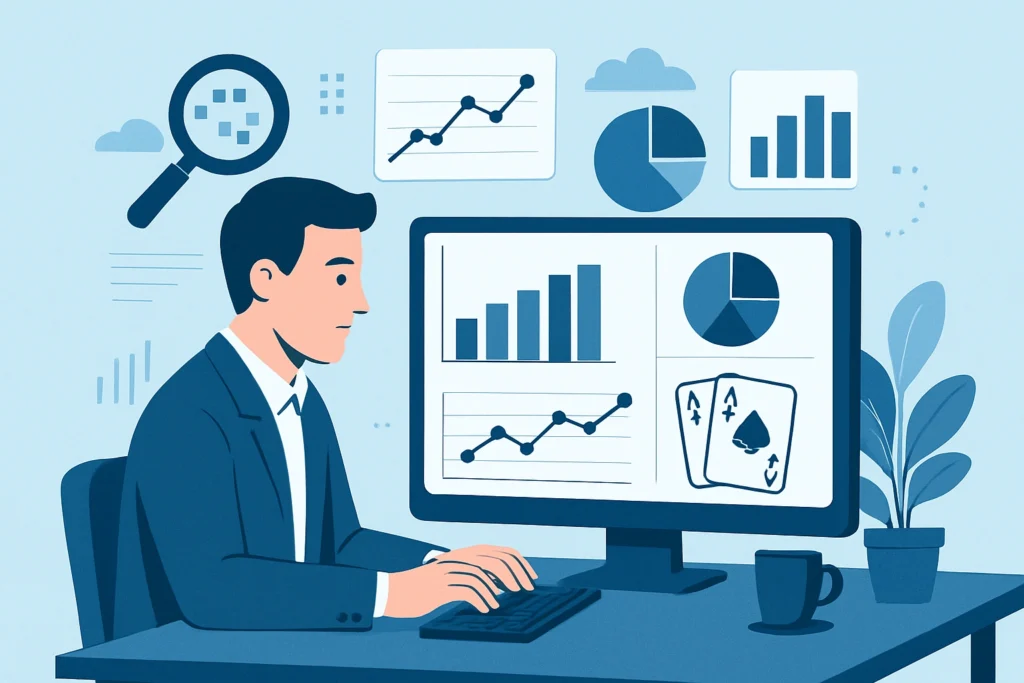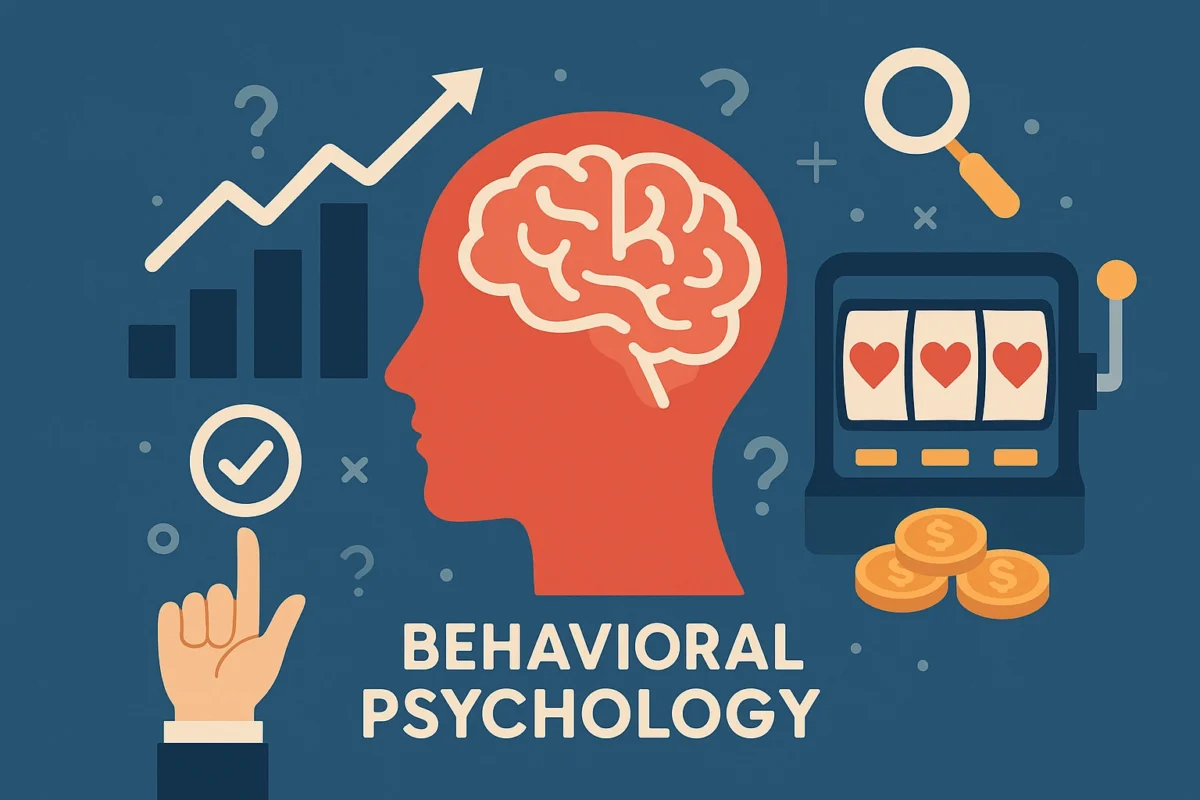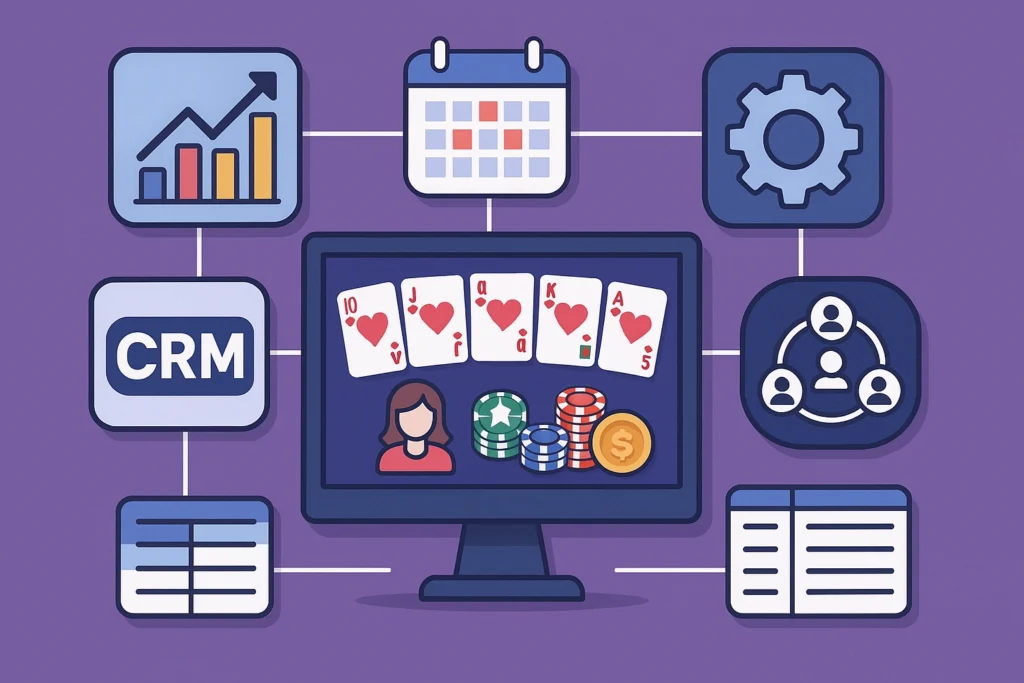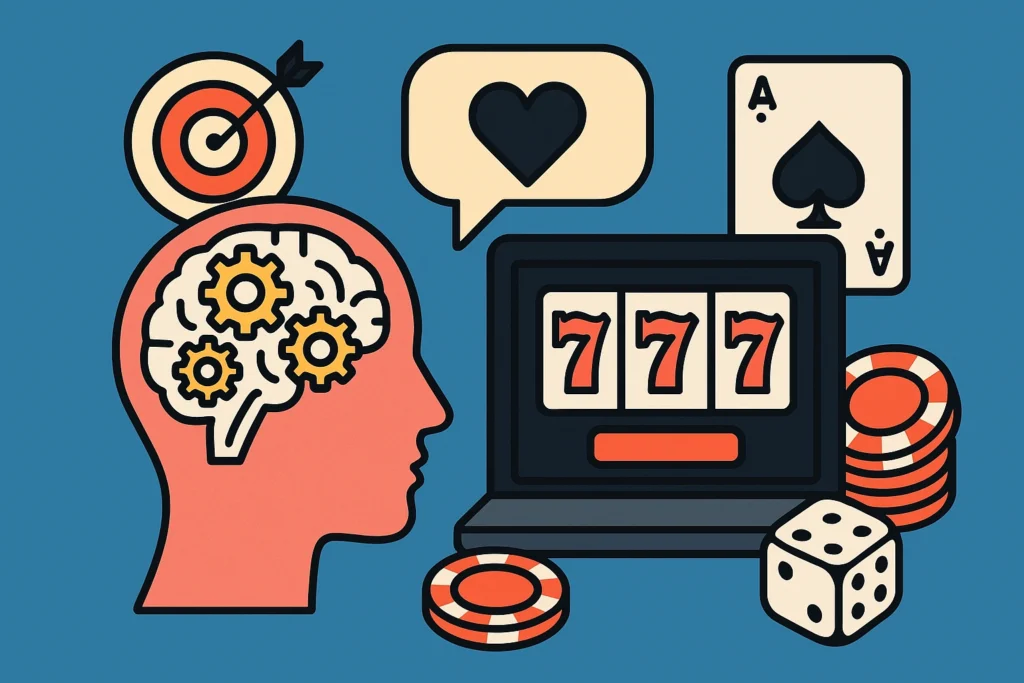How CRM for iGaming Improves Customer Engagement and Retention

Introduction
In the competitive world of iGaming, where player engagement and retention are key to success, businesses need robust systems to build lasting relationships with their players. While player acquisition is important, retaining players and keeping them engaged over the long term is what ultimately drives profitability. This is where CRM for iGaming comes into play.
CRM (Customer Relationship Management) systems designed specifically for the iGaming industry offer operators the tools they need to effectively manage player interactions, personalize communications, and drive engagement. By leveraging CRM for iGaming, operators can tailor their approach to player retention, automate marketing efforts, and create a more personalized and engaging player experience.
In this blog, we will explore how CRM for iGaming can improve customer engagement and retention, and how these systems help iGaming businesses thrive by offering better player experiences, personalized promotions, and data-driven insights.
What is CRM for iGaming?
CRM for iGaming refers to specialized customer relationship management systems tailored to the iGaming industry. These platforms enable operators to manage interactions with players, track their behaviors, and send personalized offers and communications based on data insights. CRM systems allow iGaming businesses to segment players based on their actions, preferences, and engagement levels, allowing for more targeted and effective player retention strategies.
The key goal of CRM in iGaming is to enhance the overall player experience, improve player satisfaction, and ensure that players keep coming back. By offering personalized incentives, bonuses, and promotions, iGaming operators can build a loyal customer base, boost engagement, and reduce churn.
How CRM for iGaming Enhances Customer Engagement
1. Personalizing Player Experience
Personalization is at the heart of effective CRM for iGaming. Players want to feel valued, and CRM systems allow businesses to tailor their communications and promotions based on individual player preferences and behaviors.
For example, CRM systems for iGaming can track which games a player enjoys most and automatically offer them a bonus for those games, or suggest similar games that align with their interests. By using player data, CRM marketing tools allow iGaming operators to send personalized messages, such as:
- Bonus offers for a player’s favorite game
- Free spins for loyal players
- Exclusive promotions based on player history
Personalized engagement creates a more tailored and rewarding experience for players, increasing their satisfaction and keeping them more engaged with the platform.
2. Real-Time Player Interactions
One of the biggest advantages of using CRM for iGaming is the ability to interact with players in real-time. By monitoring player activity, operators can send immediate responses to actions such as deposits, game completions, or sign-ins.
For instance, if a player logs in after a long absence, the CRM system could trigger a re-engagement campaign, offering a personalized bonus or free spins as an incentive to return. Similarly, if a player wins a large amount, the system can send congratulatory messages along with offers that encourage them to continue playing.
Real-time interactions help keep players engaged and increase the chances of long-term retention. Players feel more connected to the platform when they receive timely and relevant messages.
3. Multi-Channel Engagement
In today’s digital landscape, players interact with iGaming platforms across multiple touchpoints—websites, mobile apps, emails, and social media. CRM for iGaming helps operators manage interactions across these channels and ensure a seamless experience for players.
For example, a multi-channel CRM for iGaming can track player actions on both the website and mobile app, ensuring that players receive consistent messaging across different platforms. Whether a player prefers to receive notifications through SMS, email, or in-app messages, CRM systems allow businesses to communicate effectively and engage players on their preferred channels.
By integrating with social media platforms, CRM solutions for iGaming can also enable businesses to engage with players on Facebook, Instagram, or Twitter, providing another layer of communication and engagement.
4. Automating Marketing Campaigns
One of the most powerful features of CRM for iGaming is the ability to automate marketing campaigns. CRM systems enable operators to set up automated workflows for player engagement, making it easier to stay connected with players throughout their lifecycle.
For example, CRM marketing solutions for iGaming can automatically trigger:
- Welcome emails and bonuses for new players
- Loyalty rewards and promotions for returning players
- Birthday rewards or special offers on player milestones (e.g., reaching a specific level in a game)
By automating these processes, businesses ensure consistent engagement without requiring manual intervention. This not only saves time but also ensures that players are consistently engaged with timely and relevant offers.
How CRM for iGaming Improves Customer Retention
1. Segmentation and Targeting
Effective segmentation is crucial to improving player retention. CRM systems allow iGaming operators to segment players based on their behaviors, such as:
- Active vs. inactive players: Identifying players who have become less active and sending them targeted re-engagement offers.
- High rollers: Offering special VIP rewards and personalized promotions for players who spend more.
- Casual players: Providing tailored incentives to increase their level of engagement.
By segmenting players into distinct groups, iGaming CRM solutions allow operators to create personalized retention strategies for each group. This helps maximize engagement and ensures that players remain active and loyal to the platform.
2. Loyalty and VIP Programs
Loyalty programs are a cornerstone of player retention in the iGaming industry. CRM for iGaming enables businesses to automate the creation and management of VIP programs and loyalty rewards. These programs can be customized based on player activity, such as offering rewards for frequent play or high spending.
For example, CRM marketing for iGaming can automatically trigger loyalty rewards based on the player’s engagement level. A frequent player might receive free spins or bonuses, while a high spender could be upgraded to a VIP tier with exclusive perks, such as personalized bonuses and dedicated customer support.
By rewarding players for their loyalty, iGaming operators can improve retention and foster long-term relationships.
3. Managing Player Churn Risk
One of the most valuable aspects of CRM solutions for iGaming is their ability to help operators identify players at risk of churning (i.e., leaving the platform). By analyzing player behavior, CRM systems can detect patterns that suggest a player is becoming disengaged, such as a decrease in activity or a lack of response to promotions.
Once churn risk is identified, operators can take proactive steps to retain these players, such as offering them special bonuses or re-engagement campaigns. Early intervention is key to reducing churn and increasing player retention over the long term.
4. Personalized Communication and Offers
Sending personalized messages is one of the most effective ways to retain players. CRM for iGaming enables operators to send personalized offers based on a player’s previous activity, preferences, and behavior. For example, a player who enjoys a particular game could receive an exclusive bonus or free spins related to that game.
By maintaining personalized communication, CRM marketing solutions for iGaming ensure that players feel valued and are more likely to return.
Conclusion
CRM for iGaming is a powerful tool for improving both customer engagement and retention. By leveraging data-driven insights, personalized communication, and automated marketing strategies, iGaming CRM systems help businesses create meaningful, long-lasting relationships with their players. This ultimately boosts player loyalty, increases revenue, and ensures the success of iGaming operators in a competitive market.
Whether you are a small startup or an established iGaming operator, implementing a robust CRM system can help you engage players more effectively, retain them over the long term, and optimize your marketing efforts. Investing in the right CRM solutions for iGaming will provide you with the tools needed to thrive in this fast-growing industry.
Get Started with CRM Solutions for iGaming Today
Ready to boost your player engagement and improve retention? Subscribe to our newsletter for more insights on CRM solutions for iGaming, or download our guide to help you choose the best CRM system for your iGaming business today!
